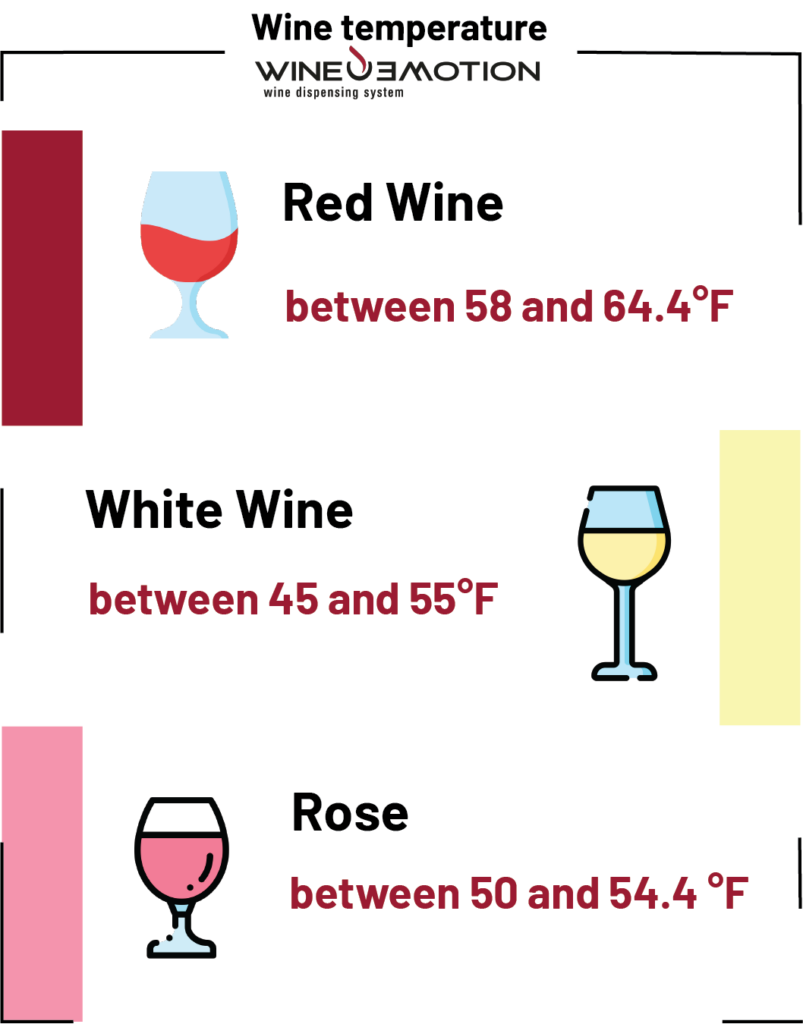Wine preservation, a crucial subject for wine lovers or professionals who want to learn more about it. To help you, we are going to present you tips and our advice according to our 20+ years of experience in the field of wine. Here's all you need to know about Wine preservation.

There are many ways to preserve wine, from the easy but limited solution to the best techniques; it depends on the need.
Many factors affect the preservation of wine, such as temperature, light, humidity, etc. The best solution is a combination of all these factors, but not all of them meet all these criteria.
To stop spoiling wine or drinking wines that have already been opened, discover these preservation techniques.
Bottle caps are the basic, easy-to-use solution. What's in it for you? They block oxygen from opening up in the bottle, preventing the wine from altering its taste.
At best, it preserves wine quality for a few days longer (1 or 2 days max). This solution blocks oxygen but does not remove the oxygen already present in the bottle. It's a temporary solution that's better than nothing but far from very effective.
On the other hand, the price is right and it's the least expensive solution.
Fortunately, there is a solution that combines these two things to prevent oxidation.
Vacuums and pumps will eliminate air inside the bottle and block oxygen from coming in; these devices enable it to maintain its aromas and flavors longer after opening. Practical and easy to use, vacuums offer an effective solution for extending wine's shelf life.
It allows the wine to be kept for a few days longer. It’s very simple to use.
The price is a little bit more expensive than bottle stoppers.
Bottle caps, vacuum cleaners, and pumps are temporary solutions with their limitations. Chemists have worked on the subject and found a solution to preserve wine quality for several weeks.
The enemy of wine is air because, in contact with oxygen, the wine's tannins and acids will decompose and degrade its aromas, impacting its taste.
To counter these effects and prevent wine spoilage, chemistry has come into play to help the wine industry. One technique involves the use of gas: nitrogen or argon.
Why? Because argon is heavier than oxygen, this will form a protective layer for the wine. Nitrogen can also serve a similar function even if Argon is better because it is heavier.
With these gases, you increase the life expectancy of your bottle by several weeks.
There exists a very sophisticated solution for wine storage, our wine preservation system. With high technology, it mixes the different criteria for long-term wine care:

Our wine preservation systems are the best on the market. They protect wine, showcase your finest wines, and prevent losses.

Each wine has its own specific characteristics, and they are not all stored in the same way.
Here are the temperature rules to know before tasting a wine :
Wine is a living element that needs to be understood to be cared for. Preserving wine also means respecting a noble dish and preserving your investment. It would be a shame to spoil a meal with your guests because you don't know how to preserve your wine or to waste your money.
To preserve flavors, aromas, and overall quality, avoid the common mistakes that kill your wine :
Re-corking or Use a Wine Stopper: If the wine has a cork, replace it securely after pouring. Make sure the cork is clean and free from any debris that could contaminate the wine.
Store Upright: Store the opened bottle upright in the refrigerator. This minimizes the surface area of wine exposed to oxygen, slowing down the oxidation process.
Limit Exposure to Air
Temperature Control: Keep the wine at a cool, consistent temperature. Avoid significant temperature fluctuations, as they can expedite the aging process.
Finish the Bottle Soon
Or the best is to use the WineEmotion Wine Preservation systems.
Close the bottle as best you can and put it in the fridge, as a low temperature will slow down oxidation. Make sure there are no strong odors in the fridge.
In general, a wine that has gone bad or spoiled is easily identifiable; here are the signs to indicate a wine has spoiled:
Lastly, you can also taste it to get a feel for the taste of the wine.
The ideal refrigeration temperature for red wines is typically slightly cooler than room temperature, but not as cold as the standard refrigerator temperature for perishable foods. The recommended temperature range for storing red wines in a refrigerator is between 55°F (13°C) and 65°F (18°C).